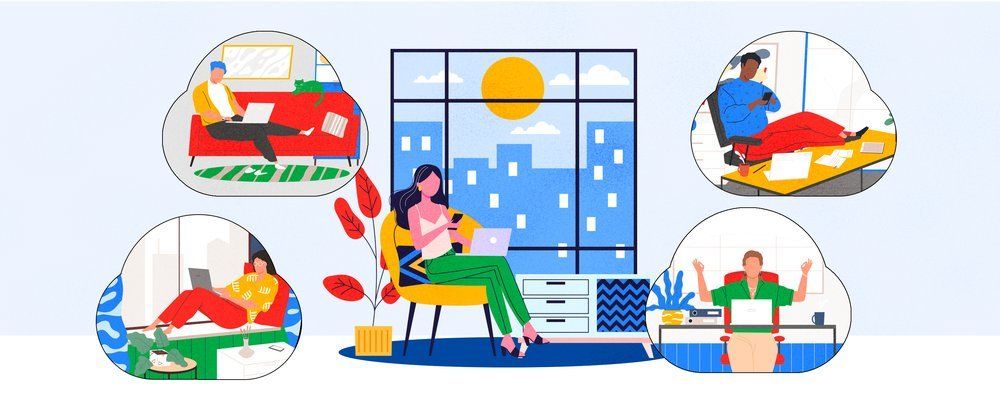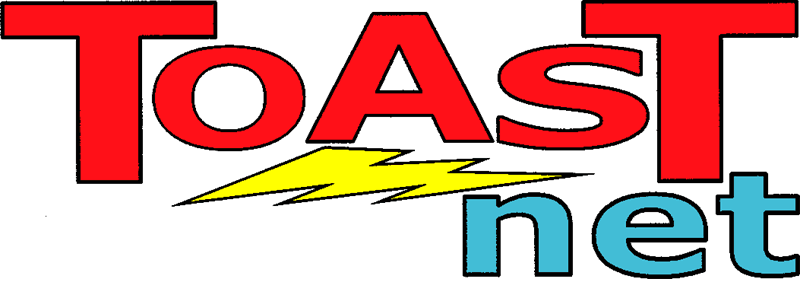Microsoft Office 365 vs. Google Apps. It’s ON!
 Microsoft recently put the Open for Business
sign on it’s Office 365 product, and it seems to be targeted directly at Google Apps. Office is still Microsoft’s bread and butter, so it didn’t take kindly to Google muscling in on its document domination. I had a chance to try out the new Office 365 service this week, and while it appears it and Google Apps do much of the same thing, there are several key differences (and price tags). Let’s examine both products to see how they compare.
Microsoft recently put the Open for Business
sign on it’s Office 365 product, and it seems to be targeted directly at Google Apps. Office is still Microsoft’s bread and butter, so it didn’t take kindly to Google muscling in on its document domination. I had a chance to try out the new Office 365 service this week, and while it appears it and Google Apps do much of the same thing, there are several key differences (and price tags). Let’s examine both products to see how they compare.
Interface
Google and Microsoft come from different sides of town when it comes to user interface theory. Google prefers a spartan, minimalist functionality, while Microsoft likes to add bling and flashy menu designs. Both sides have advantages and disadvantages in speed, usability, and efficiency, but which one is better?
Your web browser is your desktop with Google Apps. Everything you do is within the confines of this universal tool. Gmail handles your email, documents are created in Google Docs with your browser, collaboration is performed through Google Talk or inside of documents themselves. This has the advantage of simplicity: no software needs to be installed, the controls are familiar, and you can work from any device that can connect to the Internet.
On the flip side, Office 365 requires software plug-ins to be installed that links you up to the cloud. Microsoft Office needs to be installed on your computer if you want to use the offline features, and the .NET framework has to be installed for everything to run properly. Lync 2010 is Microsoft’s collaboration solution, and this requires a server to be installed as well as Active Directory to be in place on your network. A list of system requirements is listed on Microsoft’s website if you want to take full advantage of Office 365’s features. Compared this to Google’s requirements ( a supported web browser ), it’s a complicated and costly setup.
Document Creation and Sharing
Microsoft has had over two decades to polish its Office software suite, and this experience is shown in Office 365. Advanced formatting and features are read much more accurately than in Google Apps. The same formats, templates, and tools that are on the desktop are also available on the web. This means you can create a document on your desktop, upload it to the web, and edit it without worrying about a loss of formatting.
 In comparison, Google Docs is a bit more “bare-bones.” Advanced features are limited, but it is still a very functional suite. What Google Docs lacks in format options is makes up it sharing and accessibility. I was able to import most of my Microsoft Office documents from my desktop to Google Apps via the free Office Connect plug-in with no problems. This made the documents on my work computer accessible from my home computer and even my smartphone. It’s most powerful feature is the ability to let groups work on the same document without the need for email attachments — you simply choose which contacts you want to share with and they instantly have access. Changes show up in real-time and you can chat while in the document, so nobody steps on anyone’s toes.
In comparison, Google Docs is a bit more “bare-bones.” Advanced features are limited, but it is still a very functional suite. What Google Docs lacks in format options is makes up it sharing and accessibility. I was able to import most of my Microsoft Office documents from my desktop to Google Apps via the free Office Connect plug-in with no problems. This made the documents on my work computer accessible from my home computer and even my smartphone. It’s most powerful feature is the ability to let groups work on the same document without the need for email attachments — you simply choose which contacts you want to share with and they instantly have access. Changes show up in real-time and you can chat while in the document, so nobody steps on anyone’s toes.
Microsoft’s solution for document sharing is Sharepoint. We previewed the Sharepoint platform for a couple of months in our office and were not impressed. It seemed to make everything more complex than it needed to be. The software will keep a log of document changes, who currently has a document open, and integrates with MS Office applications on your desktop, but it requires a dedicated IT person to set up and administer the system. Google Apps does all of this by default without the need for another platform.
Chat and Communication
Office 365 uses Lync (aka Office Communication Server) for chat and communication. Lync integrates with Microsoft Office and Office 365 products and allows you to see who’s available. It’s an additional service that requires Active Directory and a server. Lync does handle VoIP and desktop sharing, so it can be used as a full communications platform.
Google’s communication solutions are Google Talk and Google Voice. They’re integrated with Gmail, and can be used to chat with contacts as well as place VoIP calls. At this time, neither application allows for screen sharing, and it’s not as tightly integrated as Lync, so Lync does have some advantages there. Otherwise their features are about the same.
Cost
It is clear that Office 365 and Google Apps have very similar features and functionality. Which is more affordable?
Microsoft Office 365 starts at $6/month per user. Not bad, but hidden costs come into play which can make that price a bit misleading. For full functionality of Office 365, you’ll need Active Directory in place on your network, an Exchange server (either hosted or on site), and servers for Lync and Sharepoint, not to mention a staff to run them or a service to host them. I did some research on the total costs taking these features into consideration, and the actual price comes out to between $20-$50/user on the low end. Prices go even higher if you want to install a local copy of MS Office on each computer for offline document use (Microsoft allows you to use a local copy of Microsoft Office Professional Plus for $12/month).
Google Apps has a few pricing plans : free for under 10 users, $5/month per user for more than 10, and a discount of $50/year if you want to commit. Since all features are integrated into the web interface, there are no extra services or servers to employ, therefore IT costs are kept at a minimum.
Office 365 is definitely a larger investment, but Microsoft feels the extra “feature depth” justifies the price difference. From my testing, the things they seem to be charging a premium for are features that very few people tend to use. They’ve had a problem comprehending the needs of a small business in the past, and it still seems that they are clueless on the subject. Google Apps is more realistic in it’s feature set, and truthfully it almost seems underpriced.
Which One Is Best?
Both products can do the same thing, just using different methods. The best way to compare the two is using a cake analogy:
Office 365 is a lot of frosting with little cake. Although this is French bakery quality frosting made by world-class chefs, you end up paying way too much for quality poured into the wrong places. It’s impressive but not very satisfying.
Google Apps is a box mix cake with canned frosting. It’s easy to make, reasonably priced, works for most situations, and still enjoyable.
For most small and medium sized businesses, Google Apps is going to be the more sensible choice. For a few special cases and enterprise level companies, Office 365 should be considered as the tools seem to be geared toward a huge infrastructure. At some point in the future the two products may meet more in the middle, but Microsoft isn’t really known for lowering their prices, so I doubt we’ll see equilibrium anytime soon.








